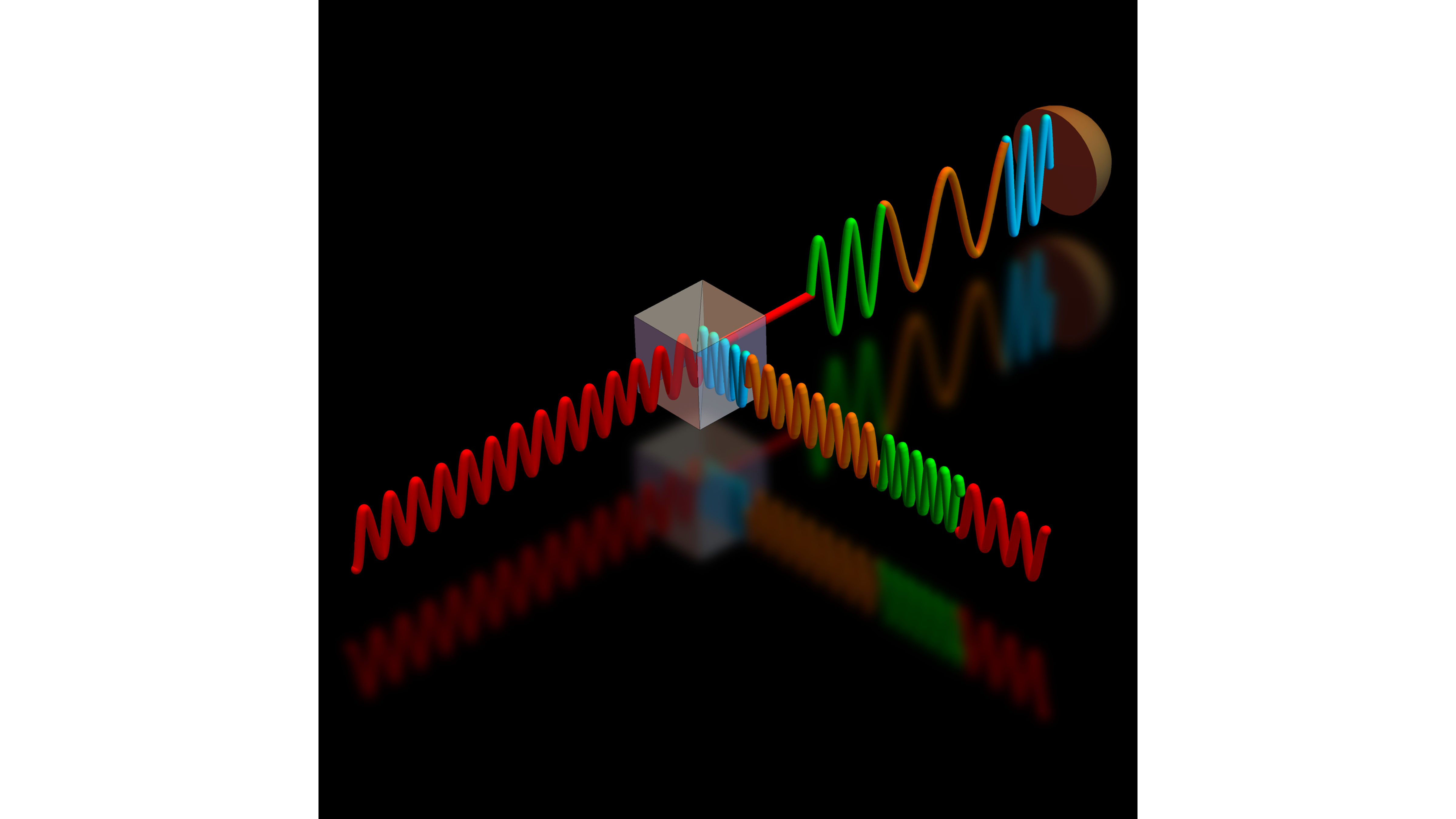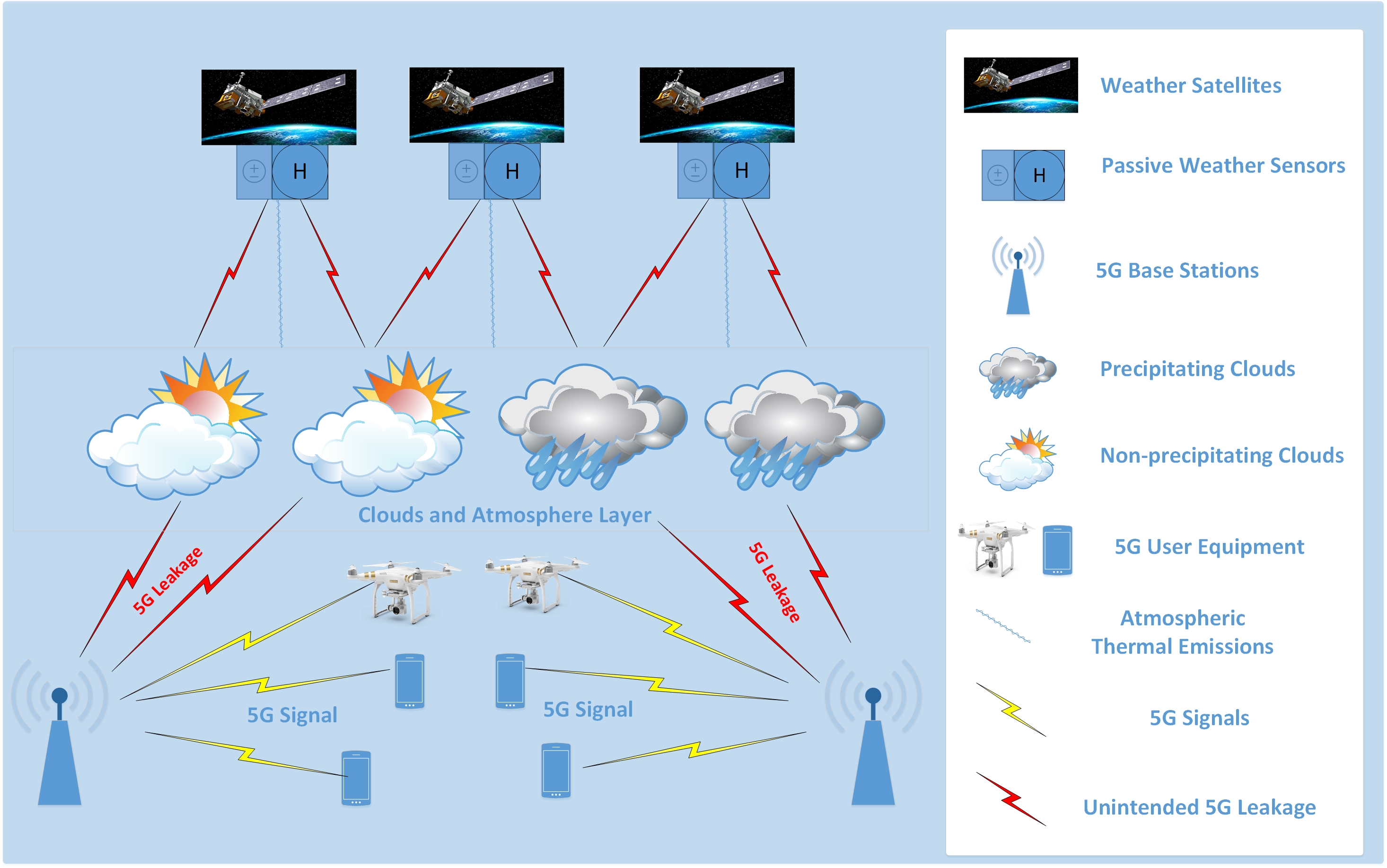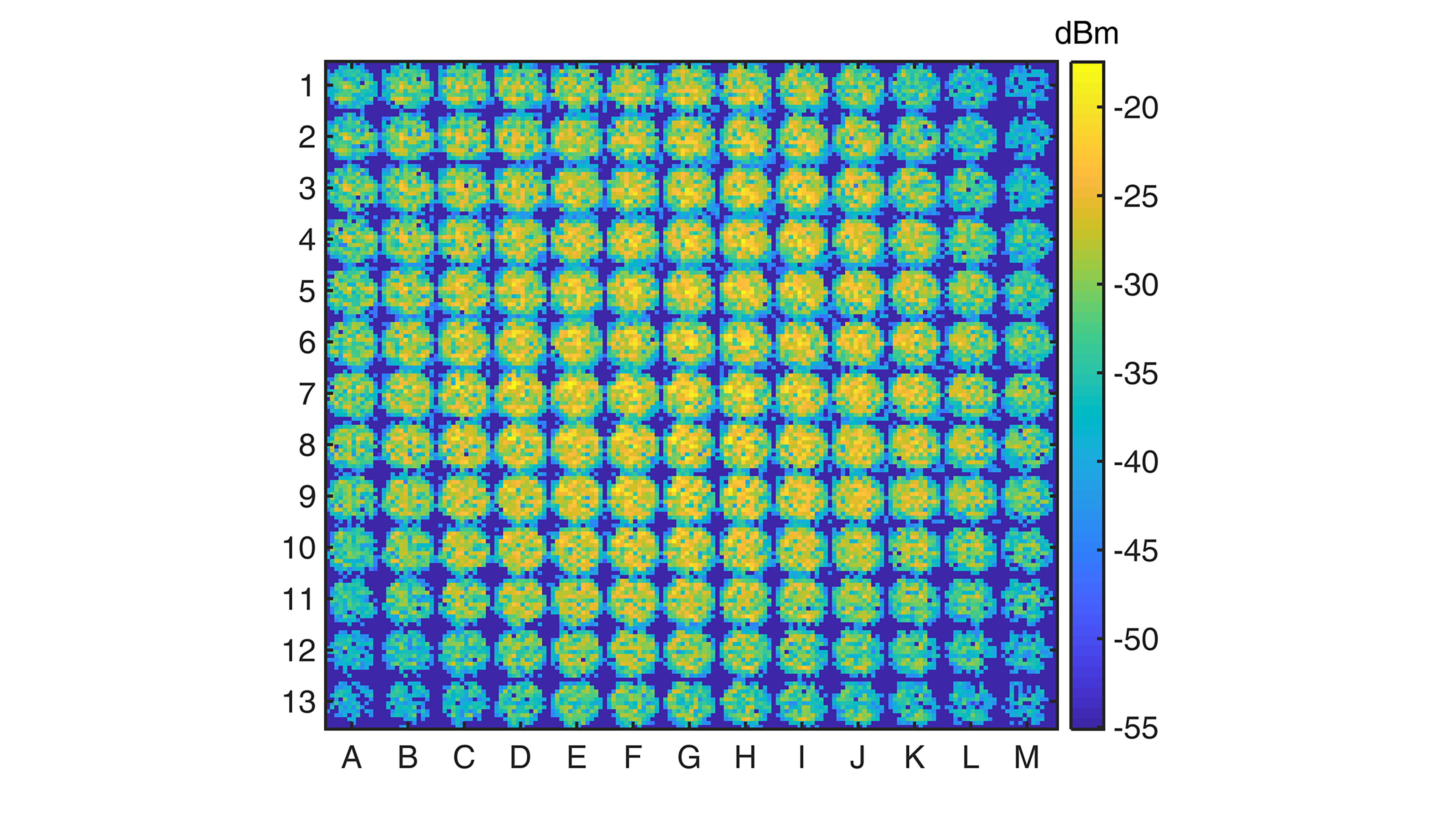Following a telecommunications outage that disrupted cell service nationwide, two West Virginia University experts are renewing calls for cooperative efforts to improve overall U.S. cyber resiliency. Christopher Ramezan, assistant professor, management information systems and cybersecurity, WVU John Chambers College of…
Tag: Telecommunication
With NSF and industry support, NYU WIRELESS aims to harness the THz spectrum for amazing possibilities
The terahertz (THz) realm of the radio spectrum presents tantalizing possibilities. NYU WIRELESS, an innovative academic research center at the NYU Tandon School of Engineering with a focus on 5G and beyond, is poised to lay the groundwork for that future, thanks to funding from the National Science Foundation for a new THz Measurement Facility. The $3 million award from the 2022 NSF MRI Program will help NYU and its collaborators, the University of Colorado at Boulder, University of Nebraska–Lincoln, and Florida International University, pioneer basic measurements of devices, circuits, materials, and radio propagation channels at the highest reaches of the radio spectrum.
Bridging the digital divide with 6G technology
Light-based technology, for making telecommunications more accessible in remote and rural areas, is to be developed in a collaboration between the University of Strathclyde and Friedrich-Alexander-Universität Erlangen-Nürnberg (FAU) in Germany.

A “Horizon Strategy” Framework for Science and Technology Policy
The current U.S. innovation model has in multiple respects fallen short in the face of today’s technology competition challenges. MITRE calls for a national-level effort between government, industry, and academia to address the most critical S&T priorities.

Boosting Fiber Optics Communications with Advanced Quantum-Enhanced Receiver
Fiber optic technology is the holy grail of high-speed, long-distance telecommunications. Still, with the continuing exponential growth of internet traffic, researchers are warning of a capacity crunch. In AVS Quantum Science, researchers show how quantum-enhanced receivers could play a critical role in addressing this challenge. The scientists developed a method to enhance receivers based on quantum physics properties to dramatically increase network performance while significantly reducing the error bit rate and energy consumption.
5G Introduces New Benefits, Cybersecurity Risks
5G advances existing telecommunication infrastructure, improves bandwidth and capabilities, and reduces network-generated delays—and it also introduces new cyber risks that S&T is working to address.

5G Wireless May Lead to Inaccurate Weather Forecasts
Upcoming 5G wireless networks that will provide faster cell phone service may lead to inaccurate weather forecasts, according to a Rutgers study on a controversial issue that has created anxiety among meteorologists.

Strainoptronics: A New Way to Control Photons
SUMMARYResearchers discovered a new way to engineer optoelectronic devices by stretching a two-dimensional material on top of a silicon photonic platform. Using this method, coined strainoptronics by a team led by George Washington University professor Volker Sorger, the researchers demonstrated…
Managers: Don’t Rush to Workplace Spyware during Pandemic
A Rutgers organizational psychologist explains ramifications of putting spy software in place With millions of employees working remotely due to the coronavirus pandemic, managers—likely new to virtual management—are scrambling to find the best ways to oversee them online. Computer performance…
A Rutgers expert shares how to communicate and work effectively within online teams
Working online changes our interactions, relationships and decisions, according to Terri Kurtzberg, an associate professor at Rutgers Business School and author of Virtual Teams: Mastering Communication and Collaboration in the Digital Age. “Leaders and employees may unintentionally act in more self-serving ways, sound more…

Extreme High-Frequency Signals Enable Terabits-Per-Second Data Links
Using the same technology that allows high-frequency signals to travel on regular phone lines, researchers tested sending extremely high-frequency, 200 GHz signals through a pair of copper wires. The result is a link that can move data at rates of terabits per second, significantly faster than currently available channels. In Applied Physics Letters, the scientists discuss their work using experimental measurements and mathematical modeling to characterize the input and output signals in a waveguide.